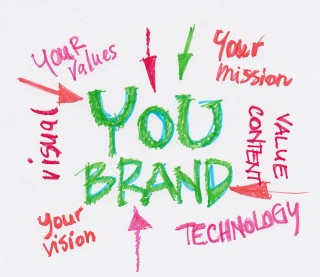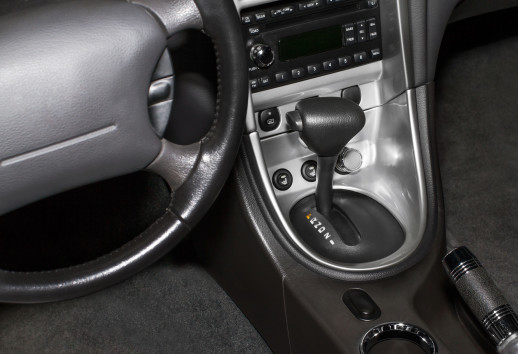 I am at my happiest in the summertime. The days are long, the schedule is loose, the feeling is decidedly relaxed. I can always talk someone into a fun night of chips and salsa on a patio over a margarita. But my body had been feeling the effects of too many jaunts on the patio, a beach trip was around the corner, and a big tennis tournament was in my future.
I am at my happiest in the summertime. The days are long, the schedule is loose, the feeling is decidedly relaxed. I can always talk someone into a fun night of chips and salsa on a patio over a margarita. But my body had been feeling the effects of too many jaunts on the patio, a beach trip was around the corner, and a big tennis tournament was in my future.
It was time to clean up. Cleanse.
Enter The Gem. They are our client and friends, and I believe wholeheartedly in their mission; but more than all of that, I’d done their 3-day cleanse before and felt great, so I decided to do it again. I enlisted the partner-in-crime-mentality of my friend Wendy, who had just returned from vacation and was feeling as sluggish as I was. And off we were.
Day One
I wake up, and instead of grabbing my usual Diet Coke, drink … water. Lots and lots and lots of water. And then some more water. I head to the Gem to pick up my first day’s 6 pack. I open the door, and smell the juice. It is fragrant and fresh, and I am officially excited.
Grab my cleanse and chat with Mary Kathryn, who looks ridiculously lovely and is happy and friendly. Side note: is she ever NOT lovely, happy and friendly???
Drink my first Green Glow. Yum. How can a green beverage be so delicious? Second Green Glow on my way to tennis. I’m so healthy! Yay me!
First stumbling block: standing post-drill lunch with my tennis team. They are all ordering our usual tostadas, and my third juice, the Ruby Slipper, is at home in my fridge. Tactical error. Thank heavens Wendy is doing this with me – we order water. With lemon. Mmmm, lemon. We pretend it’s delicious and filling and escape without incident. I run home and drink my juice.
It’s afternoon and time for the Clarity Lemonade. Wowza! Spicier than I remember. I feel like I’m sweating on the inside. I can feel my metabolism revving up. More water.
Maybe it’s the heat of my son’s swim meet, maybe it’s the lack of caffeine, maybe it’s the lack of food, but I have a killer headache. I know I’m supposed to drink some more water but I just can’t. I do remember this first evening being the hardest, so I go home and drink my last Green Glow, and I feel slightly better.
Dinner time and I’m hungry. Thankfully my husband has agreed to handle food for the kids, so I lock myself in my bedroom with my Cashew Milk, which is actually very delicious. But I want whatever my kids are eating, which smells divine. Feeling weak, I text Wendy for reinforcement. “Don’t do it! Go to bed,” she says. Good advice.
Day Two
I wake up and I feel clear-headed and fantastic. The headache is totally gone, and the scale tells me I’m down three pounds. Excellent! Although weight loss isn’t my primary goal, it’s always nice to drop a few. My resolve is newly restored, and I’m off and running.
I drink my water (the hardest part for me, although I don’t exactly know why) and set out for The Gem. The impossibly chic and funny Leslie Needleman is there to give me my juice this morning. I’m dressed in tennis garb, and she eyes me suspiciously, “Are you playing tennis Jacqui?” I know I’m supposed to be kind to my body and take a break from strenuous activity while on this cleanse, so I blather on about something irrelevant and run out of the store.
Hmmm, should I not be playing tennis? I have a tournament to prepare for and so I push this thought aside and down my Green Glow on the way to my club. I don’t know if it’s the juice, my attitude, or the aligning of the stars, but I play great. “I feel like Wonder Woman!” I tell my tennis pro. I’ve officially crossed over into obnoxious-ville but I don’t even care. I smugly drink another juice.
 Somehow my afternoon juices become mixed up, leaving me drinking my clarity lemonade at 6 PM, when I’m playing tennis for the second time today. Um … not my smartest move. I am hot and palpitating and feeling very much like I might throw up. No bueno. Now I know why I got the Needleman side eye.
Somehow my afternoon juices become mixed up, leaving me drinking my clarity lemonade at 6 PM, when I’m playing tennis for the second time today. Um … not my smartest move. I am hot and palpitating and feeling very much like I might throw up. No bueno. Now I know why I got the Needleman side eye.
I go home, drink my Cashew Milk, take a long hot shower and fall into bed.
Day Three
Morning is my favorite time on this cleanse. I wake up incredibly bright-eyed, my skin looks great, and I feel like I can do anything. The scale tells me I’m down another three pounds, which makes me want to walk around unclothed on all day because honestly I haven’t looked this good in ages.
At this point, I know the drill and everything feels easy. Water, juice, water, juice, water, juice. I don’t even miss the food and I am becoming nervous about having to reintroduce it tomorrow and undo all the good things I have done.
It’s evening and I meet an old friend for dinner at Shinsei, which is my favorite restaurant. I am in the home stretch so I have a piece or two of sashimi and drink lots of cucumber water. The food feels good in my stomach and I decide that I will be happy to eat again tomorrow.
Day Four
Ah, lovely morning. I’m down another pound (Just a pound? Was it the sashimi?). I’m craving some juice, so I head to The Gem. Although I’m done with the cleanse, I am going to continue to incorporate these juices into my daily routine. I feel too good not to.
I’ve gotten used to feeling like Wonder Woman.














